Japanese Folk Tales and Their Characteristic Kimonos
Exploring Kyoto’s Timeless Culture Through Visual Storytelling
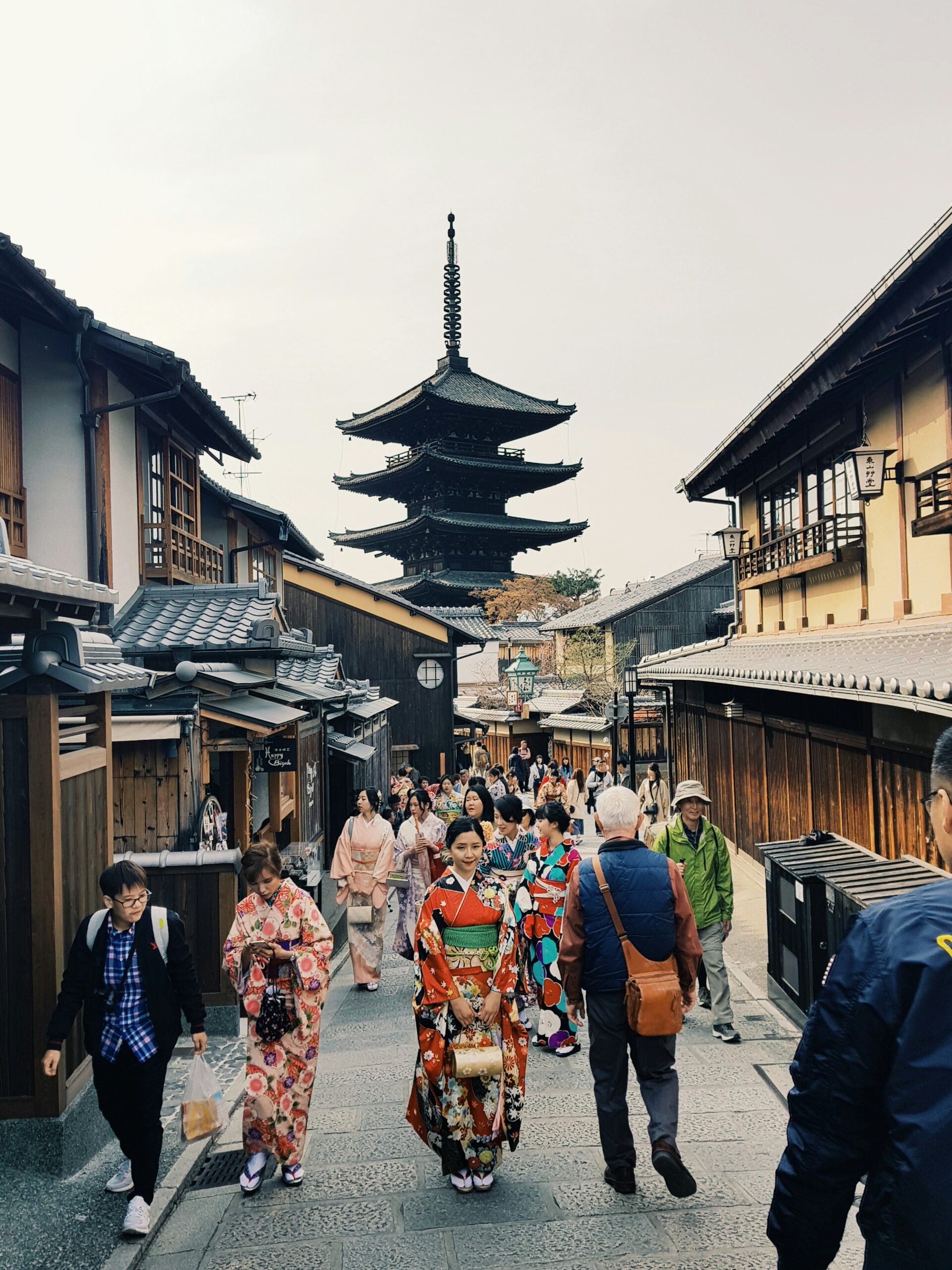
Japan’s cultural legacy is woven together by two powerful threads: folk tales that have survived centuries of oral storytelling and the kimono, the most iconic garment in Japanese tradition. When you combine these two elements, you discover a world where fashion, myth, and history intertwine.
In Kyoto—the cultural capital of Japan—these traditions remain alive. Here, walking through ancient temples, narrow wooden streets, or quiet shrines, one can still see how stories from old Japan come to life through the colors, textures, and motifs of kimonos.
In this article, we will explore some of Japan’s most beloved folk tales, and how kimonos embody the spirit of these narratives. Whether you are planning a visit to Kyoto or simply interested in Japanese traditions, this guide will help you understand why kimono photography in Kyoto is such a magical experience.
👉 If you want to capture your own memory wearing a kimono in Kyoto, visit AllPhoto Kyoto and book your photo session today.
- 1. Introduction: The Connection Between Stories and Clothing
- 2. The Kimono: A Symbol Beyond Fashion
- 3. Famous Japanese Folk Tales and Their Kimono Inspirations
- 4. The Language of Kimono Patterns
1. Introduction: The Connection Between Stories and Clothing
Throughout history, folk tales have not only entertained but also educated. They passed down values, fears, and hopes across generations. At the same time, the kimono acted as a silent storyteller, its fabrics speaking through colors, family crests, and motifs of nature.
In Japan, the story of a character was often imagined with the type of clothing they wore. Heroes, gods, and spirits were described with garments that symbolized their role. Kyoto, being the historical heart of Japan, became the stage where many of these stories were performed and preserved.
2. The Kimono: A Symbol Beyond Fashion
The word kimono simply means “thing to wear,” but it holds centuries of history. Worn by everyone from farmers to nobles, the kimono reflects:
- Seasons: with cherry blossoms for spring or maple leaves for autumn.
- Social rank: noble families had more layers and luxurious fabrics.
- Character traits: colors symbolized courage, purity, or elegance.
When connected to Japanese folk tales, the kimono becomes a canvas of mythology. For example, cranes often symbolize longevity and gratitude, just as in the folk story of The Crane Wife.
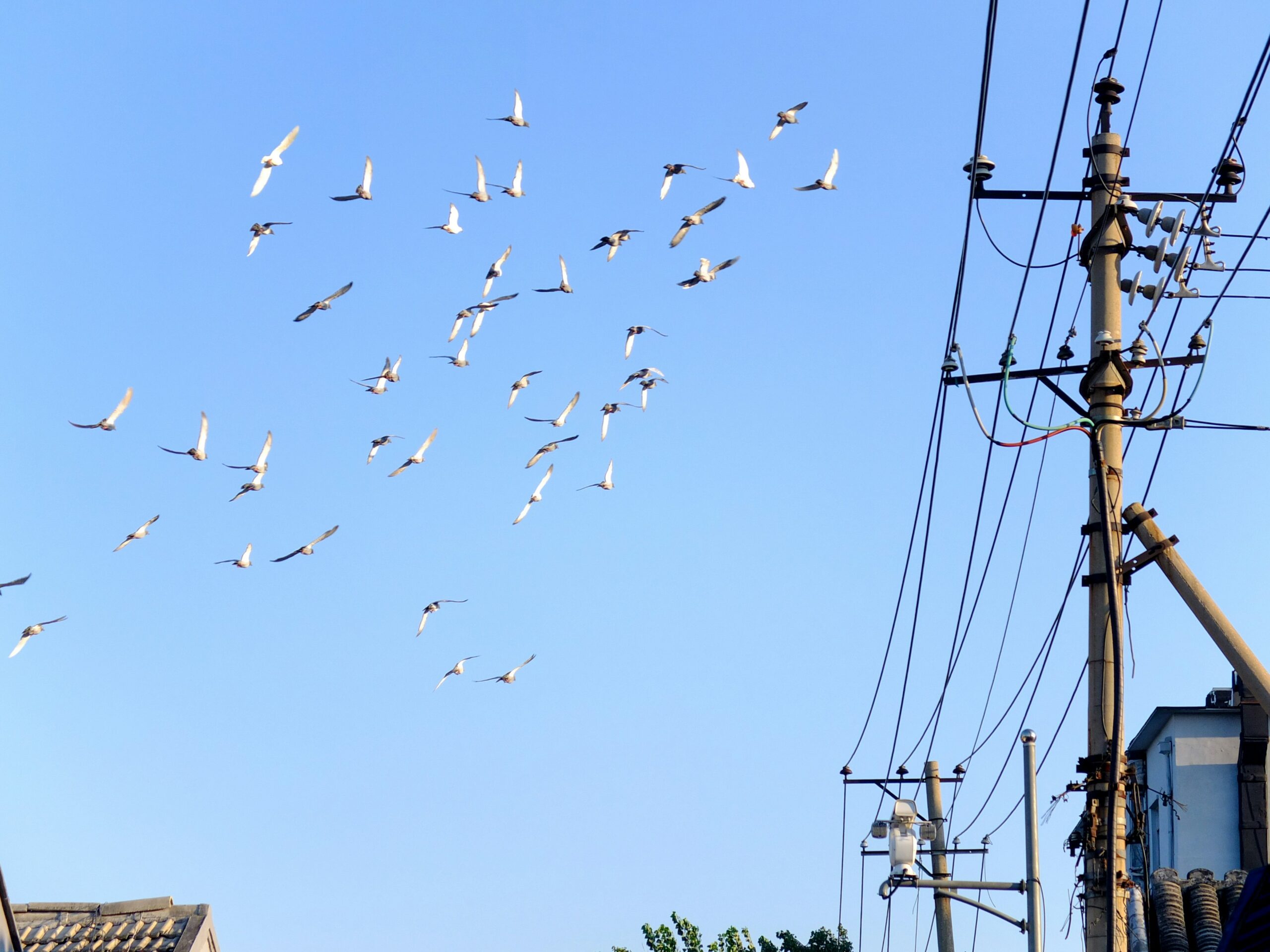
3. Famous Japanese Folk Tales and Their Kimono Inspirations
Momotaro (The Peach Boy)
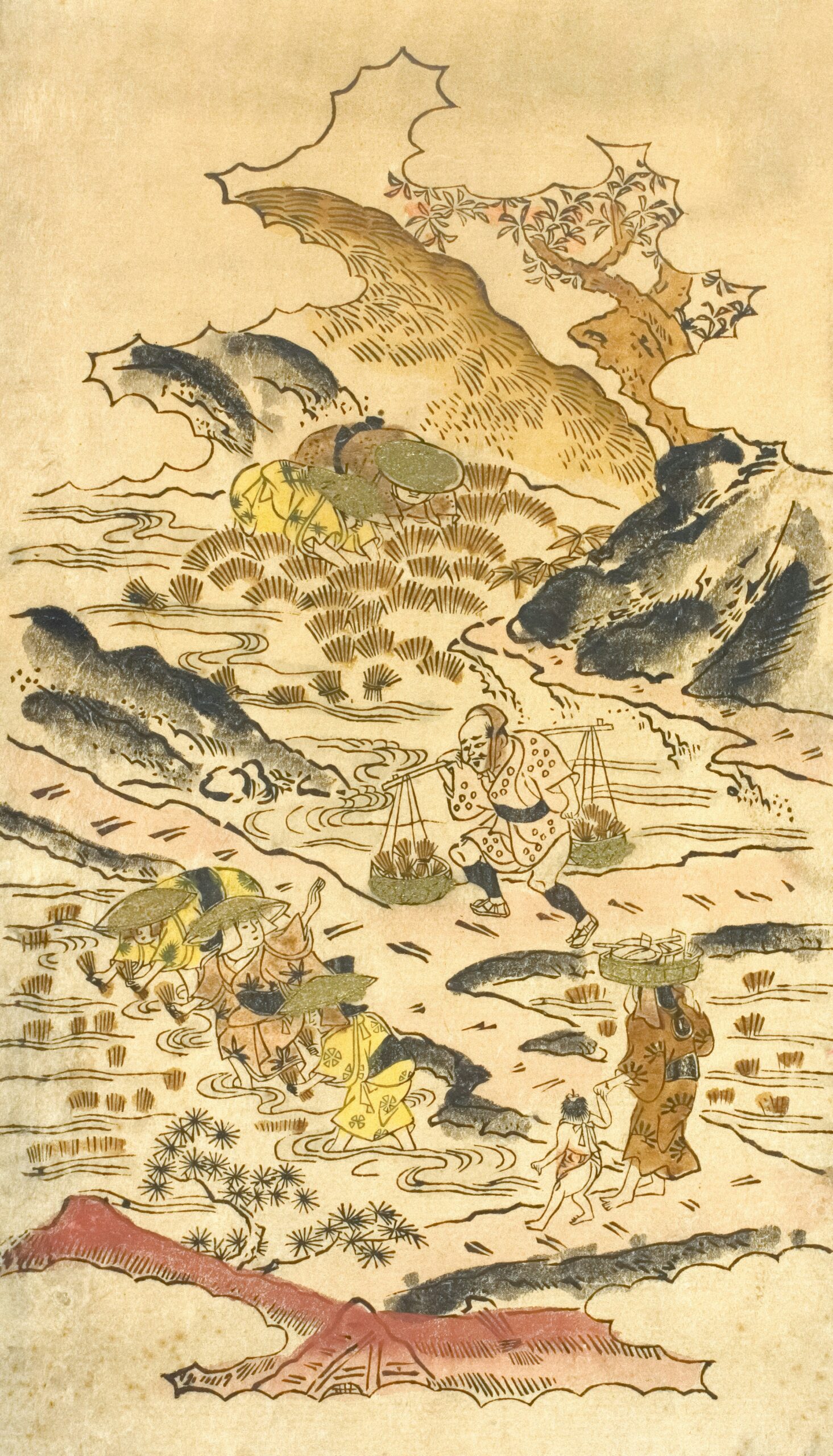
One of Japan’s most famous folk heroes, Momotaro, was said to be born from a peach. He grew up to defeat demons (oni) with his animal companions.
Kimono symbolism: Momotaro is often portrayed in a bold warrior-style kimono, decorated with strong lines and family crests.
Cultural meaning: The kimono reflects bravery and loyalty, key themes of the tale.
Best image idea:
- A child or young man in a warrior kimono holding a banner.
- Illustration of animals (dog, monkey, pheasant) alongside him.
Urashima Taro (The Fisherman and the Dragon Palace)
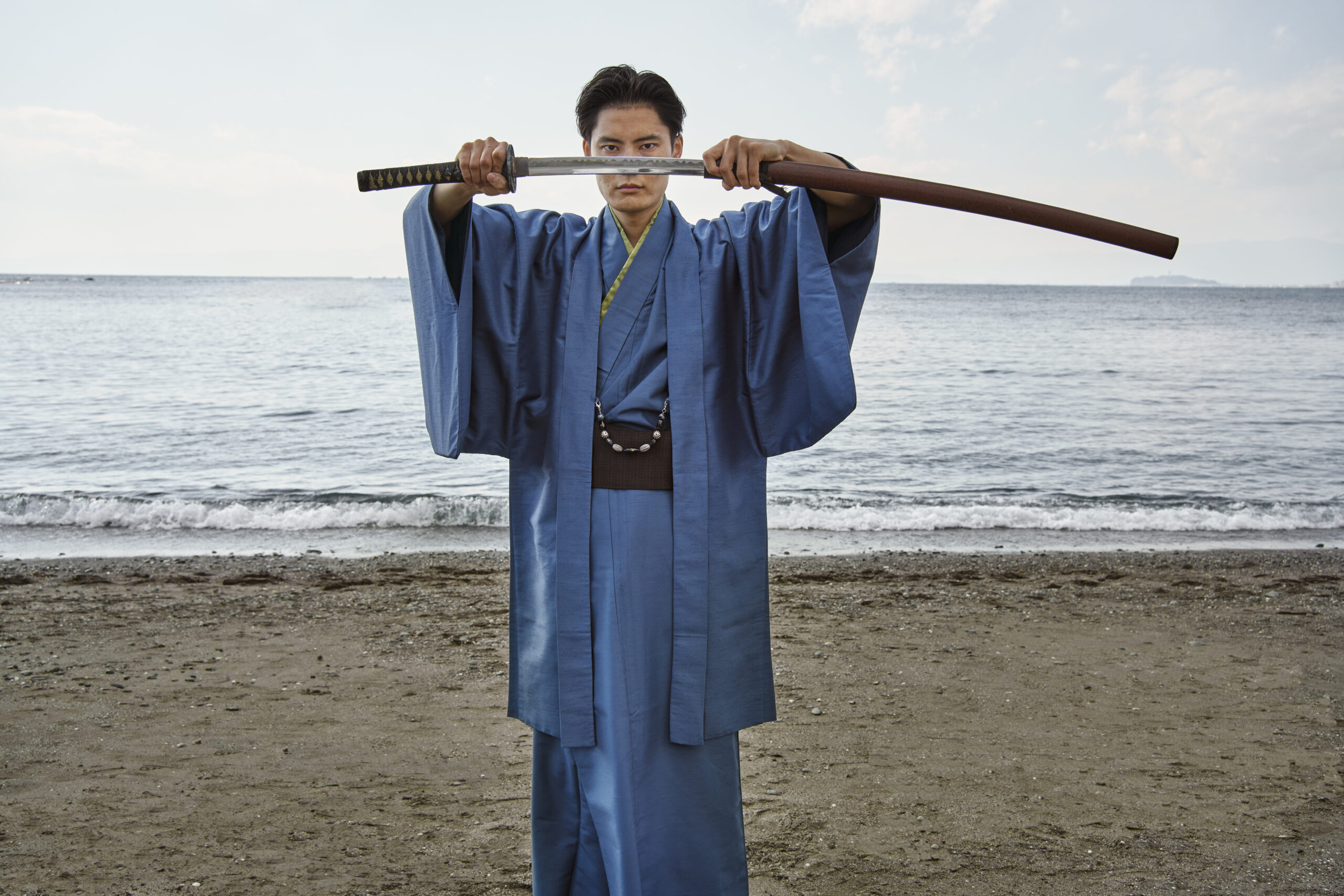
Urashima Taro, a fisherman, saves a turtle and is taken to the Dragon Palace beneath the sea. There, he meets a princess wearing a shimmering kimono of ocean colors.
Kimono symbolism: Flowing blue patterns with waves and fish motifs symbolize the ocean.
Cultural meaning: The kimono here expresses the fragile boundary between the human and supernatural worlds.
Best image idea:
- A woman in a light blue kimono with ocean patterns.
- Illustration of a fisherman gazing at the sea.
The Tale of the Crane Wife (Tsuru no Ongaeshi)
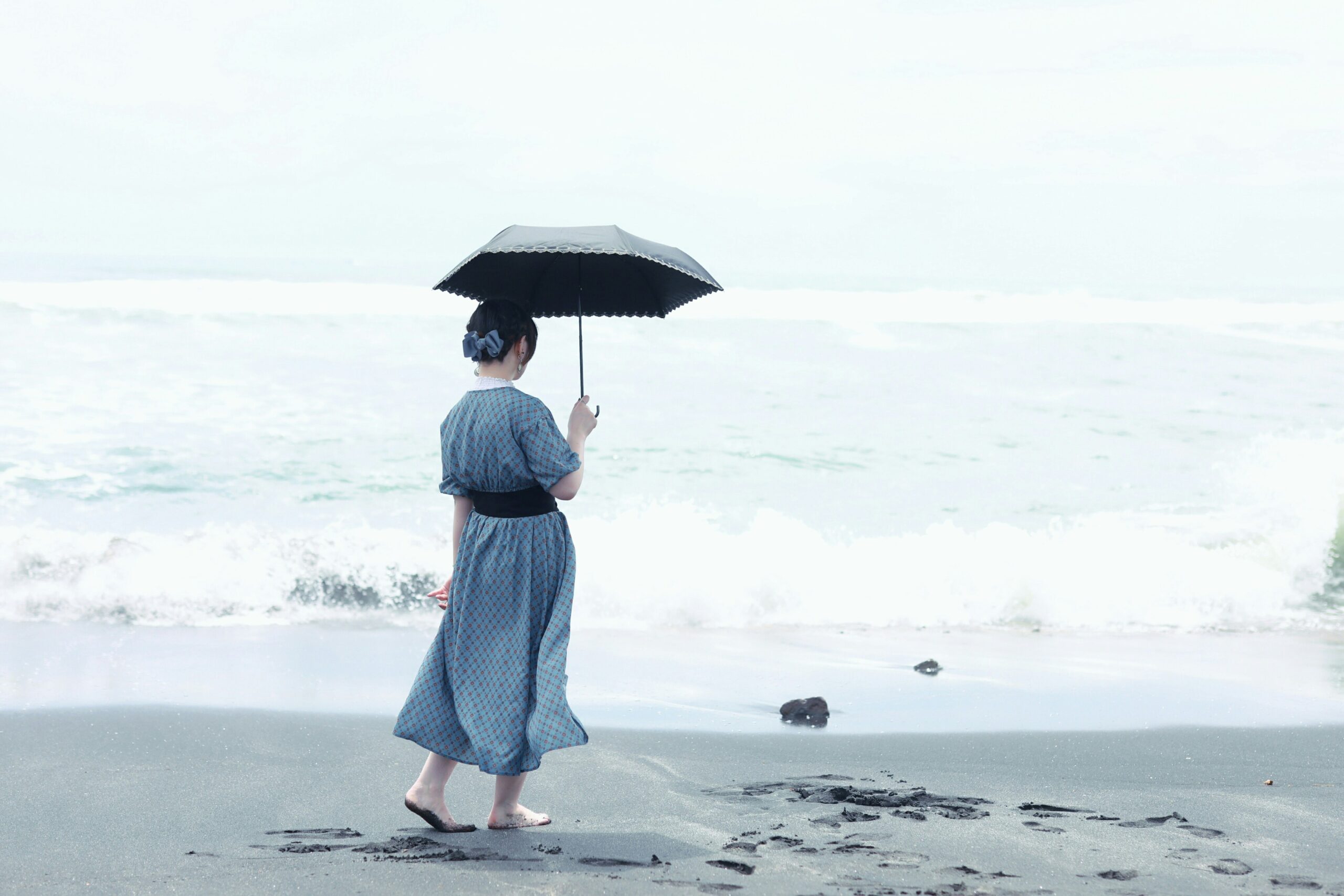
This emotional story tells of a man who rescues a crane. Later, a mysterious woman appears and becomes his wife. She secretly weaves beautiful fabrics from her own feathers.
Kimono symbolism: Cranes woven into fabric became one of the most iconic kimono patterns, representing loyalty and sacrifice.
Cultural meaning: The story connects clothing to gratitude and tragedy.
Best image idea:
- A woman in a white kimono with crane motifs.
- A crane flying above a traditional Japanese village.
The Moon Princess (Kaguya-hime)
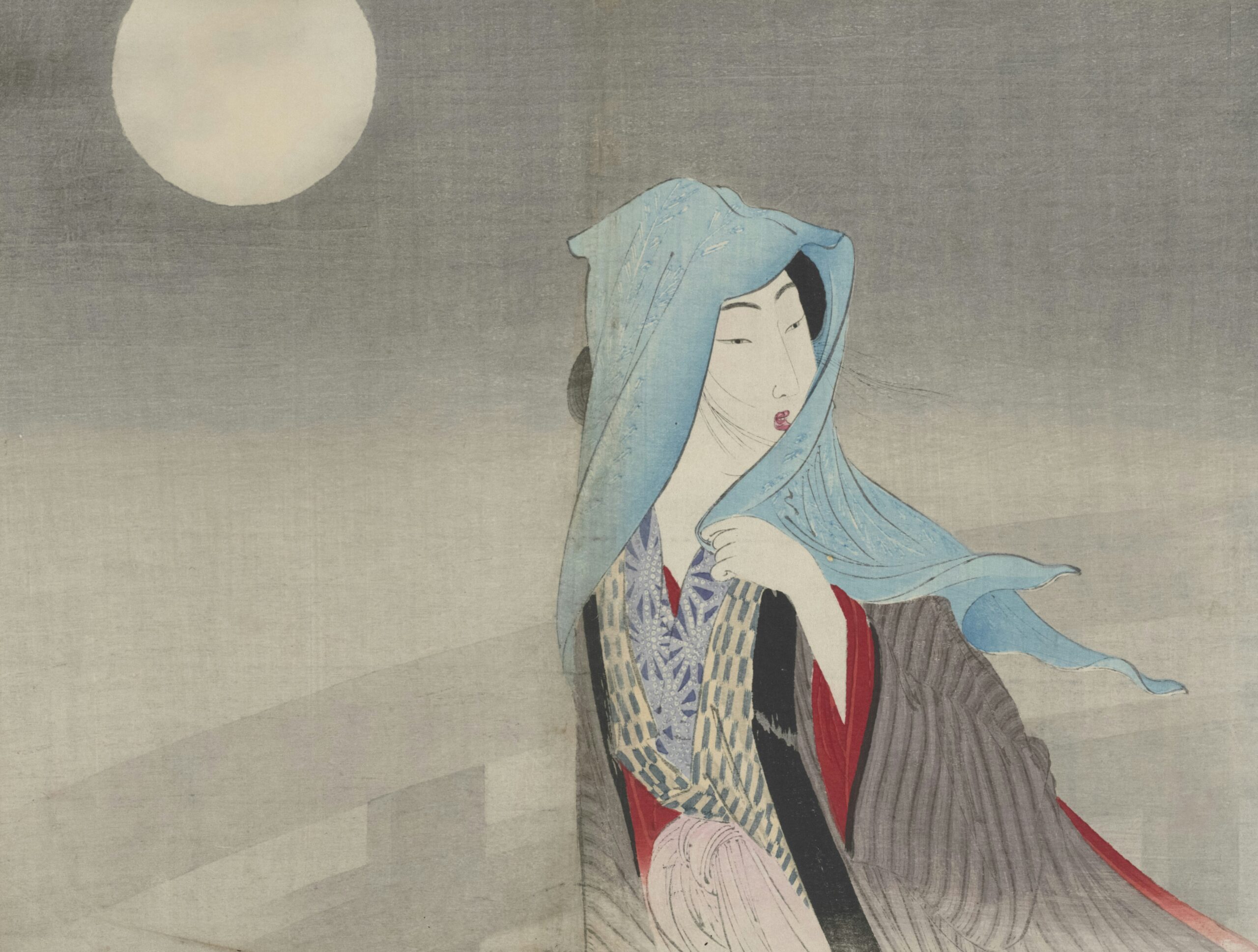
The legendary princess from the Tale of the Bamboo Cutter is one of Japan’s oldest stories. Found inside a bamboo stalk, she grew to be the most beautiful woman, eventually returning to the moon.
Kimono symbolism: Kaguya-hime is depicted wearing luxurious multi-layered kimonos (jūnihitoe).
Cultural meaning: Her garments symbolize unattainable beauty and divine origins.
Best image idea:
- A noblewoman in colorful layered kimono under moonlight.
- Bamboo forest with soft lighting.
Oni and Samurai Legends
Japanese folklore is full of demons (oni) and the brave warriors who defeated them. These stories often inspired kimono designs featuring bold red, black, and flame-like patterns.
Kimono symbolism: Dark colors with dramatic contrasts show strength and danger.
Cultural meaning: Kimono design reflected both fear and respect for these forces.
Best image idea:
- A samurai in battle kimono holding a katana.
- Illustration of oni masks or festival dancers.
4. The Language of Kimono Patterns
Every kimono tells a story. Some of the most important motifs include:
Cranes:
longevity and gratitude.
Peonies:
prosperity and honor.
Waves:
strength and resilience.
Maple leaves:
the fleeting beauty of autumn.
These patterns are not chosen randomly; they connect the wearer to Japanese mythology and seasonal life.
5. Kyoto: The Living Museum of Folk Culture
Kyoto is the city where tradition lives. Unlike modern cities, Kyoto has preserved shrines, temples, and wooden neighborhoods where folk stories feel real.
- Gion district still holds the charm of old Japan.
- Heian Shrine often features traditional festivals with kimono displays.
- Nijo Castle gardens look like settings for fairy tales.
For visitors, Kyoto offers a chance to step into the world of Japanese legends.
6. Experiencing Kimono in Kyoto Today
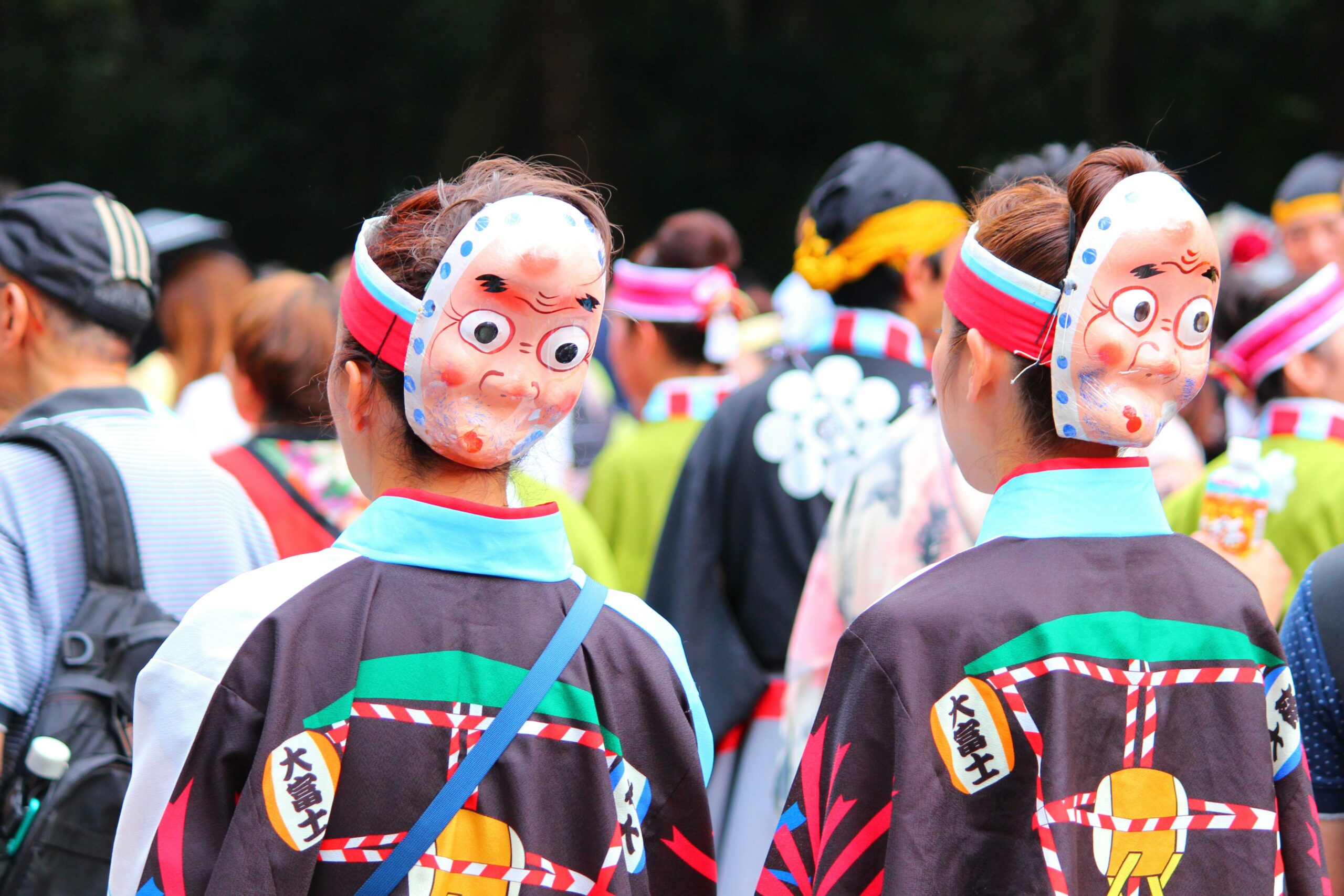
Wearing a kimono in Kyoto is not just about fashion—it’s about experiencing culture directly. Many visitors rent kimonos to:
- Walk through bamboo forests like Kaguya-hime.
- Visit shrines where Oni legends were told.
- Join seasonal festivals dressed in patterns of the season.
7. Kimono Photography in Kyoto – Create Your Own Story
One of the most unforgettable activities is booking a kimono photography session in Kyoto. Professional photographers know the best angles and hidden spots in the city, from Gion to Kiyomizu-dera.
Your photos will not only capture your beauty in kimono but also connect you to the timeless folk stories of Japan.
📸 👉 Book your kimono photography in Kyoto now at AllPhoto Kyoto
8. Conclusion
Japanese folk tales and kimonos are two sides of the same coin. While stories pass down traditions, kimonos bring them to life visually. In Kyoto, these cultural treasures are still alive, waiting for you to explore.
By wearing a kimono and walking the streets of Kyoto, you are not just dressing up—you are becoming part of Japan’s living folklore.


コメント